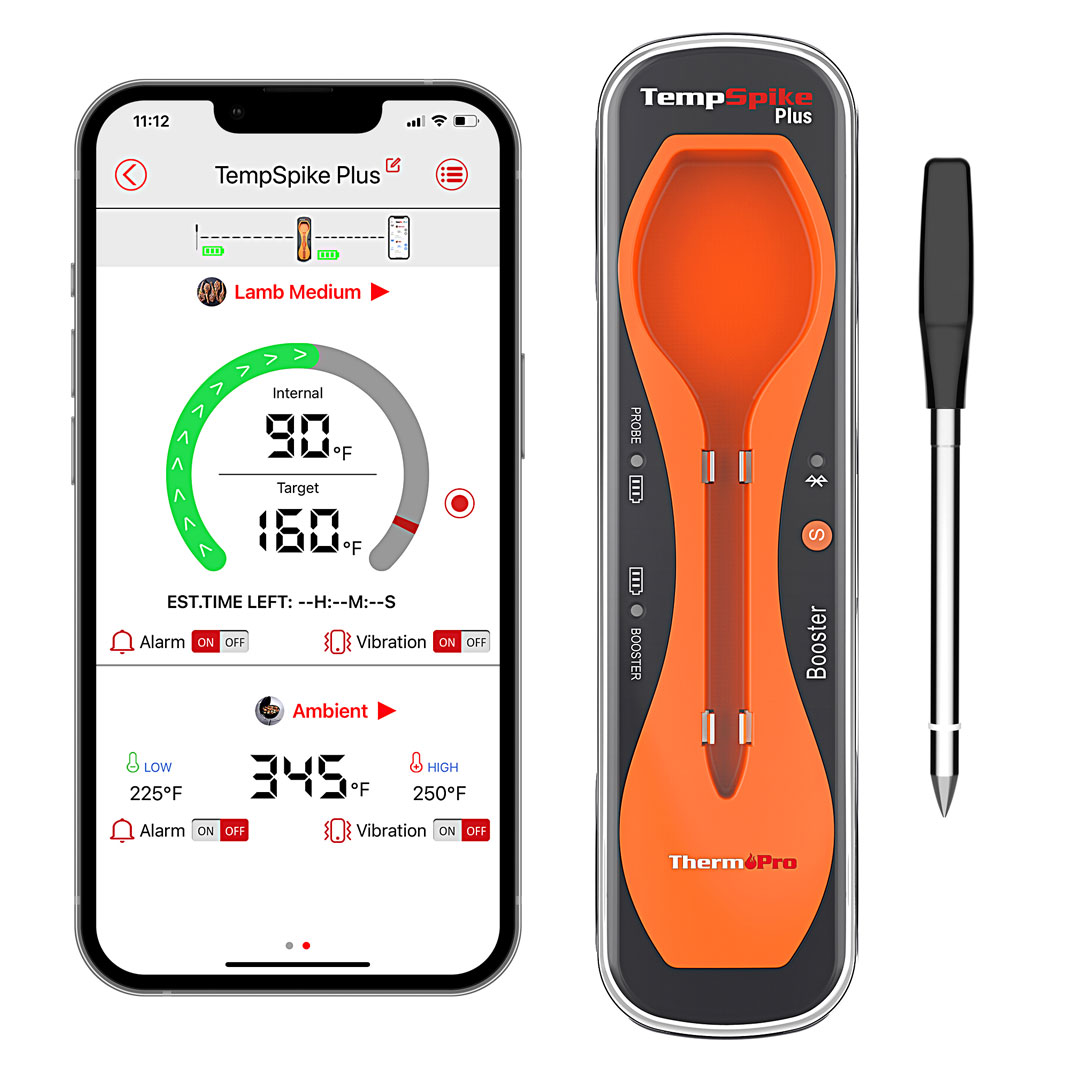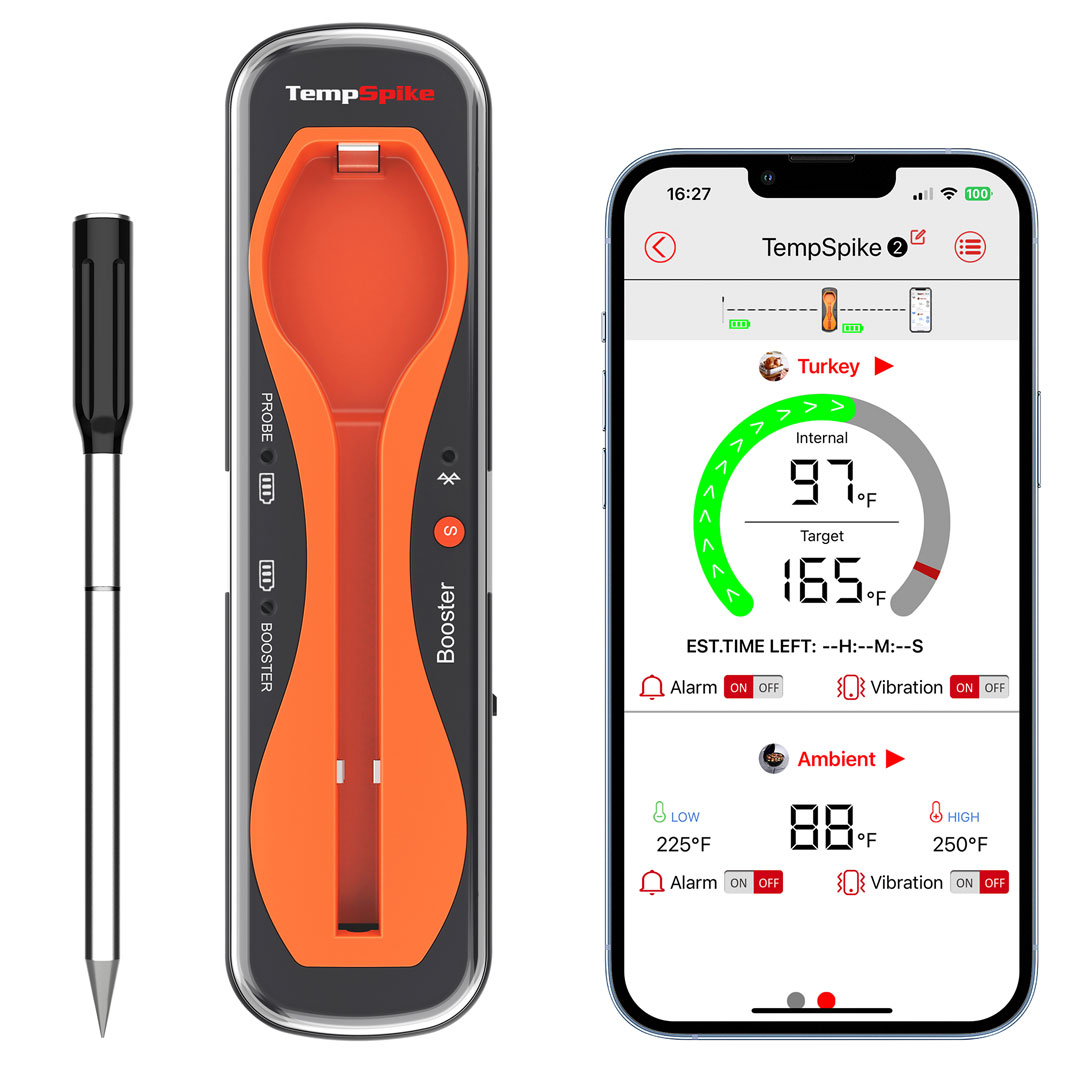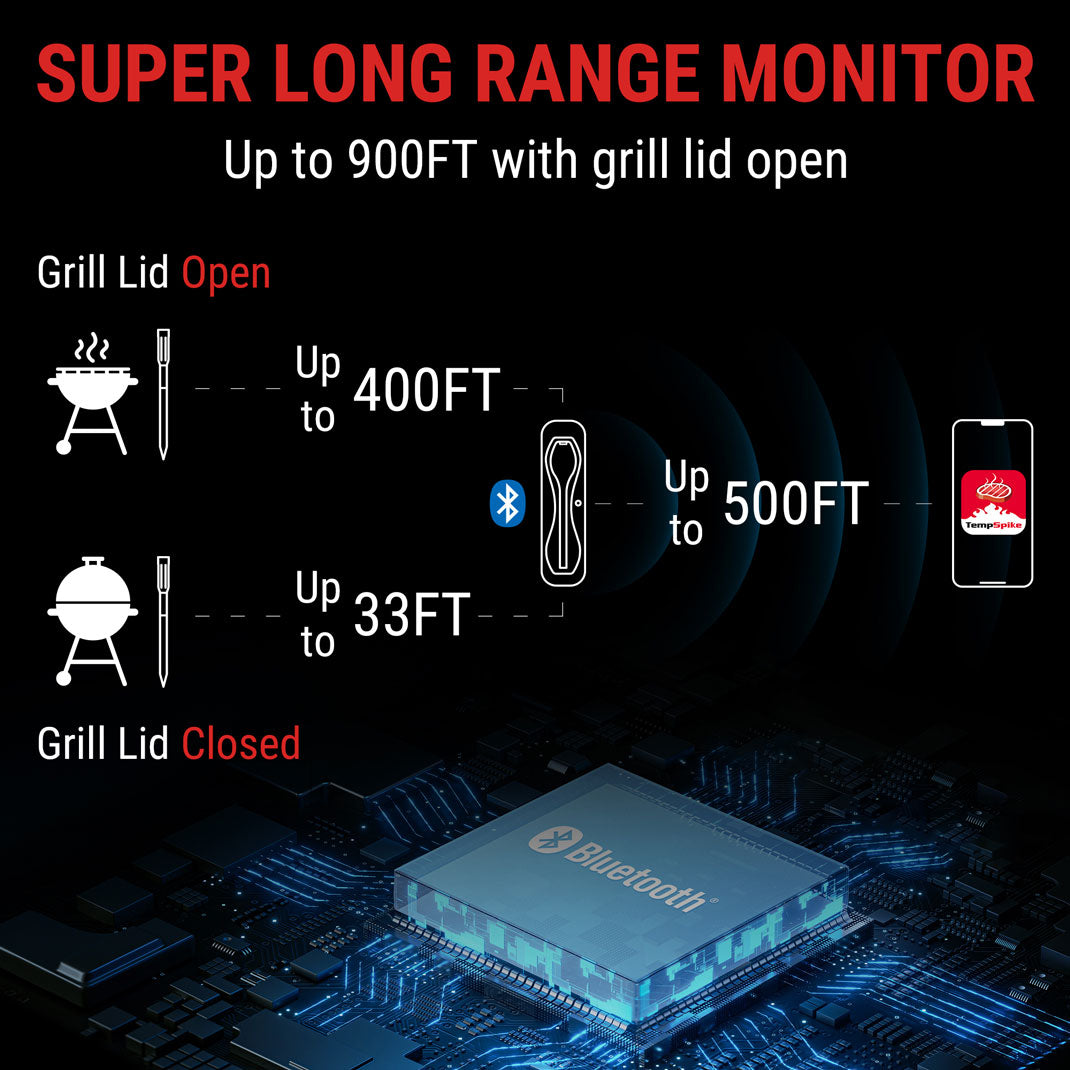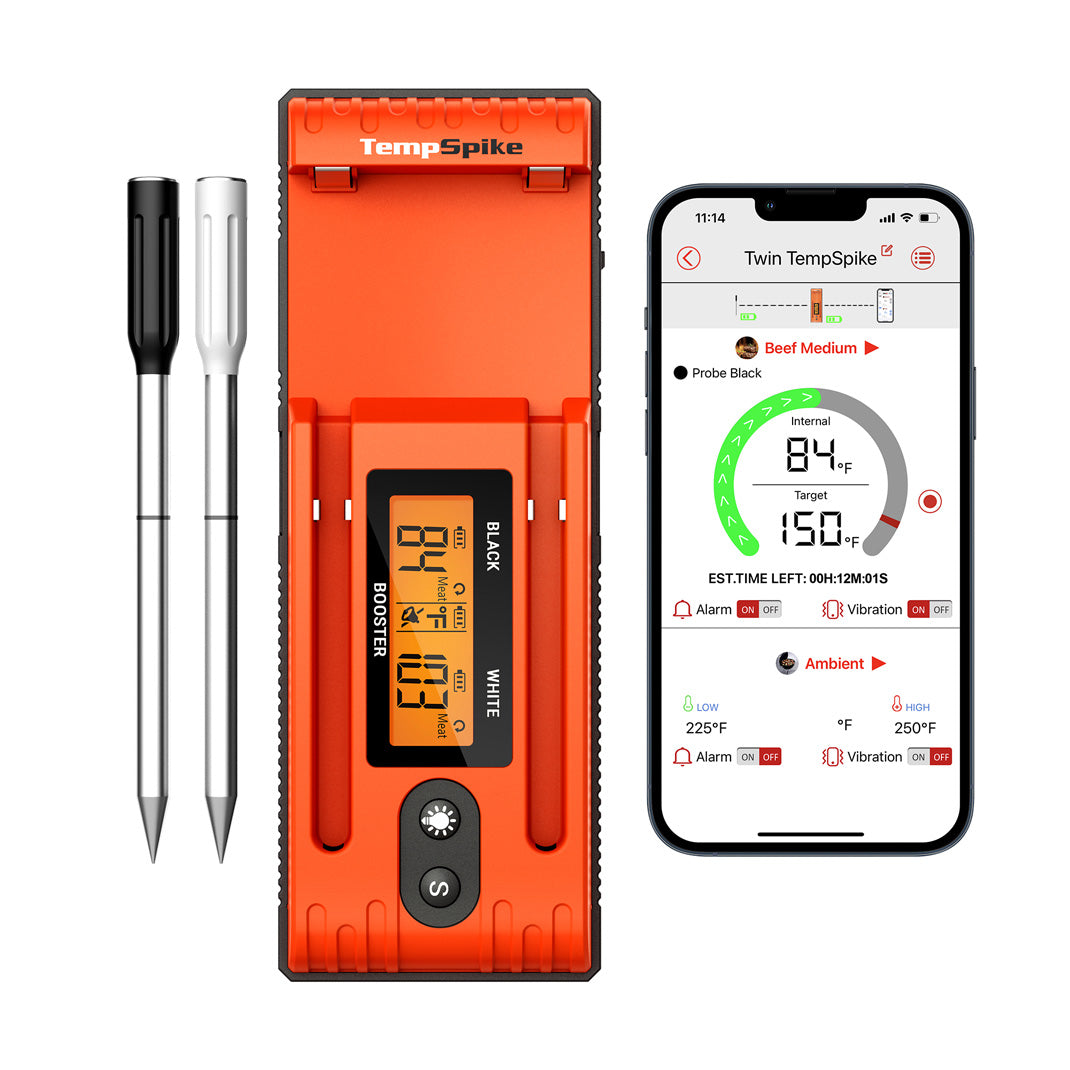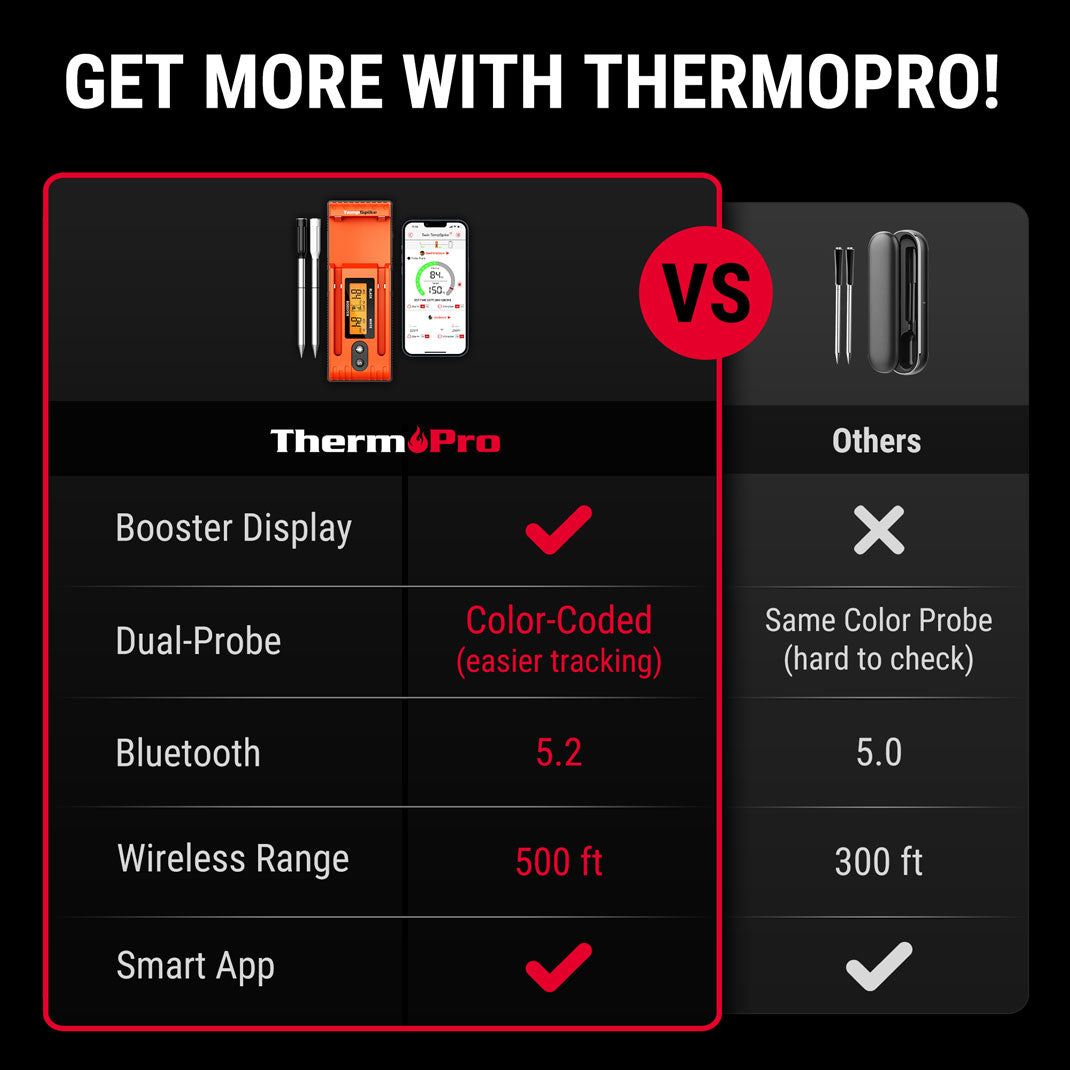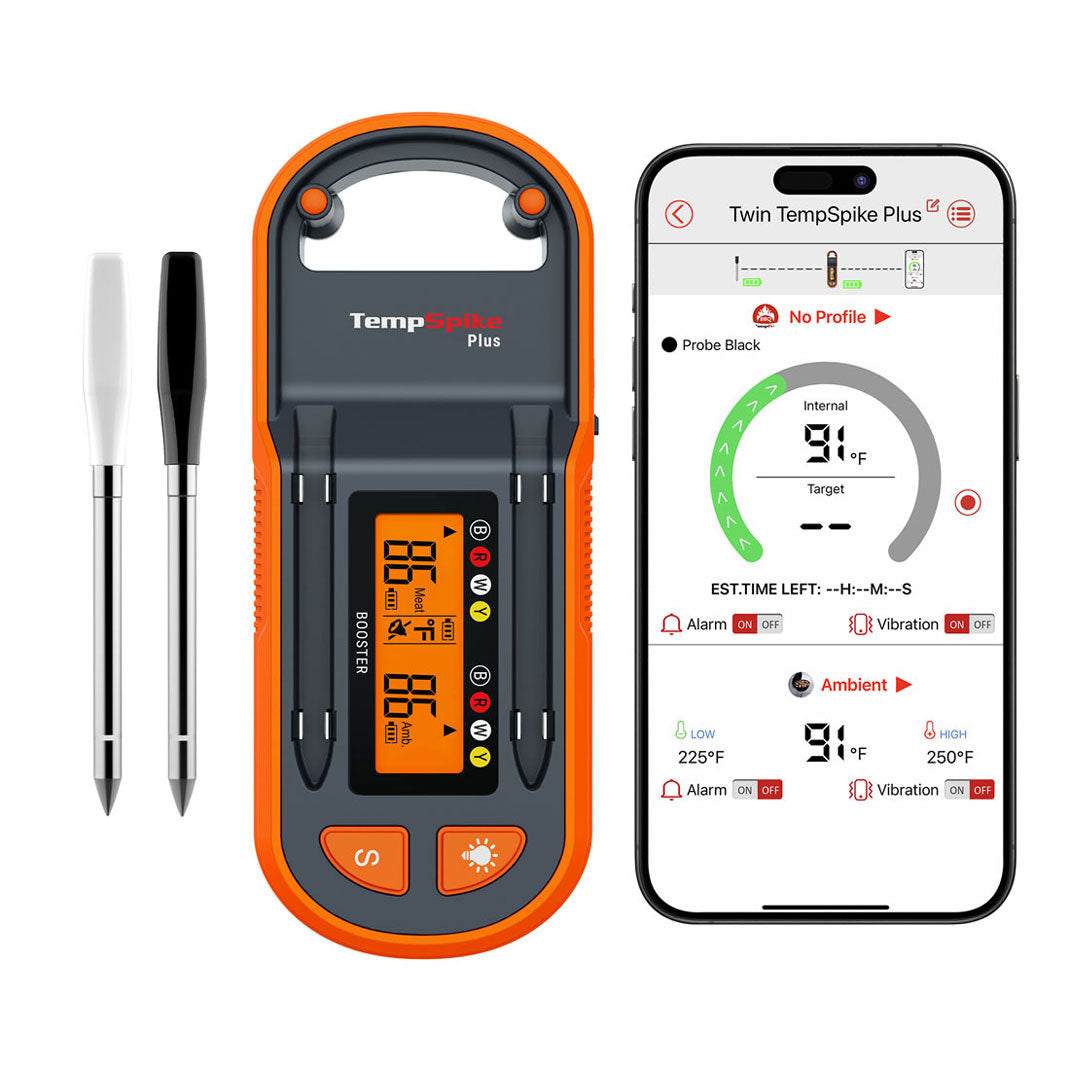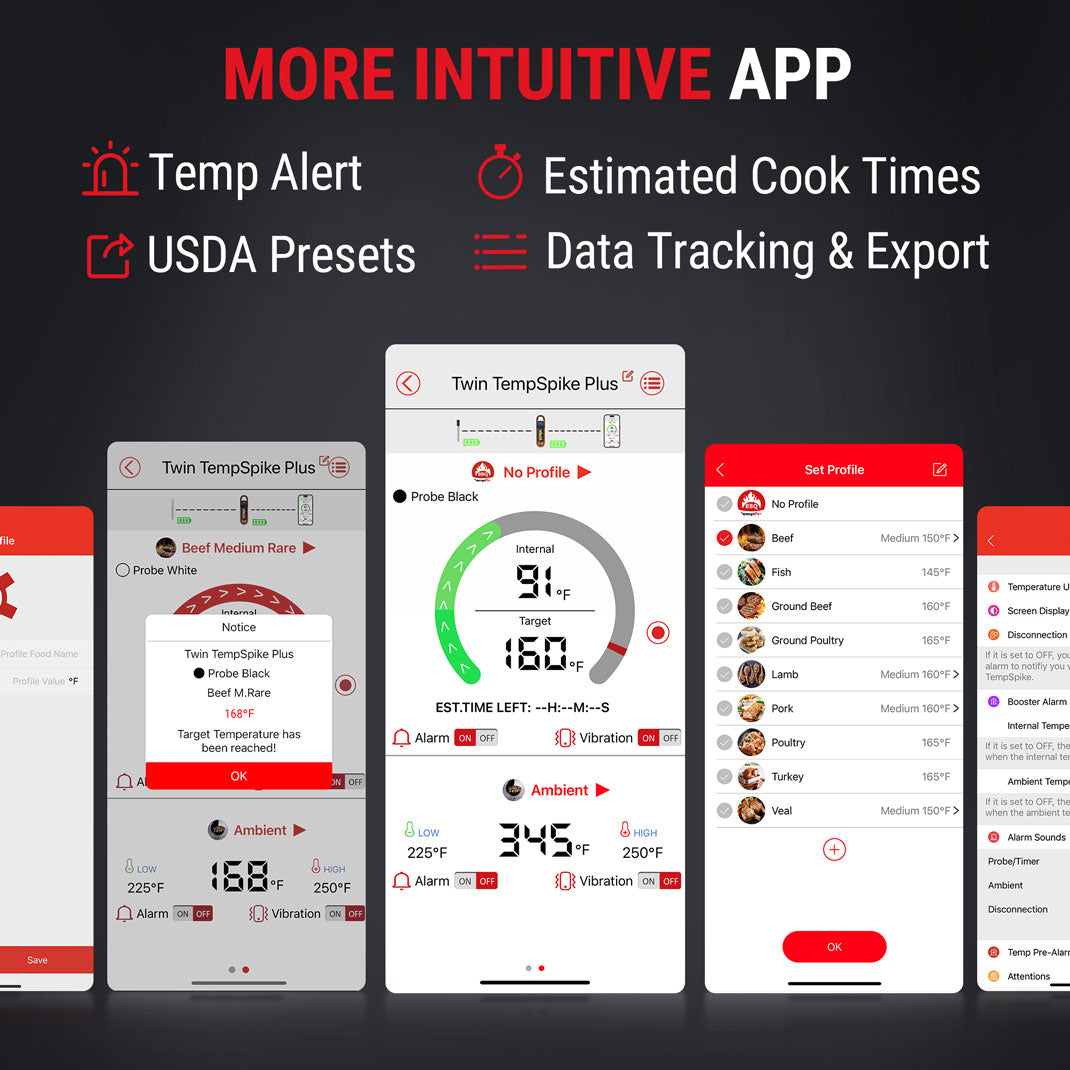Why a Meat Thermometer Is a Must‑Have for Perfect Reverse‑Sear Steak






 288 Comments
288 Comments
1. Introduction: The Reverse‑Sear Revolution
Reverse searing has emerged as the go‑to cooking method for steak lovers seeking even doneness, maximum tenderness, and a deeply flavorful crust — consistently. This technique starts with low, indirect heat followed by a final high‑heat sear, which removes the risk of overcooked edges and gray bands inside your steak.

2. What Is Reverse Seared Steak — and Why It Works
Instead of searing first and finishing in the oven, reverse searing does it in reverse:
- Gentle low-heat phase (225–275°F / 107–135 °C) slowly cooks the steak to within 10–15°F of your final desired internal temperature.
- Final sear in a hot cast‑iron pan or grill delivers a rich Maillard crust in 1–2 minutes per side.
This two-step approach yields superior results: uniform color from edge to edge, a juicy interior, and a beautifully caramelized exterior.
3. Why Precision Temperature Control Matters
At the core of the reverse-sear method is precise internal temperature control. Without a thermometer, it’s easy to overcook or undercook. Visual cues and touch tests are unreliable—especially for thicker cuts—leading to inconsistent doneness.
Steak should be removed from the low-heat phase when it is about 10–15°F below the final target. For example:
- Medium-rare: Pull at 125–130°F to finish at ~130–135°F after searing
- Medium: Pull at 135–140°F to finish at ~145°F after sear
ThermoPro thermometers allow you to hit these numbers with confidence every time.
4. How a Meat Thermometer Makes a Difference
- Reliable Accuracy: Instant-read thermometers give accurate readings within ±0.5°F–±1°F.
- Timing: Remove the steak exactly when it hits the target internal temperature—not after an arbitrary timer.
- Carryover Cooking: Since temperature continues to rise during searing and resting, thermometer precision helps you pull at the perfect moment.
5. ThermoPro Tools Ideal for Reverse Seared Steak
ThermoPro TempSpike Plus - Single Probe Bluetooth Meat Thermometer
- 100% wireless for hassle-free cooking and mobility
- Monitors internal meat temperature and ambient grill/oven temperature simultaneously
- Accurate within ±1.8°F with a range of up to 600 feet
- Rechargeable, smart app-enabled with cooking presets, timers, and alerts
- Perfect for reverse searing thick cuts without lifting the lid
ThermoPro TempSpike Plus - Dual Probe Bluetooth Thermometer
- Two wireless probes for monitoring two steaks or different areas of a roast
- Same Bluetooth range and smart app features as TempSpike Plus
- Great for hosting or cooking multiple steaks at once
6. Step‑by‑Step Reverse Sear Guide Using ThermoPro
- Preheat oven or grill to 225–275°F (107–135°C)
- Season your steak (1.5" thick or more) and place it on a wire rack
- Insert ThermoPro Bluetooth probe into the thickest part
- Cook slowly until it reaches ~10–15°F below your target doneness
- Let the steak rest briefly
- Heat a cast-iron pan or grill to high heat
- Sear 1–2 minutes per side
- Use ThermoPro to recheck the internal temp—stop when it hits target
- Rest and serve for steakhouse-quality results
7. Key Benefits of Using a Thermometer
- Achieve consistent precision and even doneness
- Avoid overcooking or undercooking, preserving juiciness and flavor
- Safeguard food safety—especially with larger cuts or varying levels of fat
- Reduce guesswork—cooking becomes repeatable and reliable
- Reduce stress—ThermoPro alerts you when the target temp is met, freeing you to prep sides or entertain
8. Final Thoughts and Recommendations
Reverse searing delivers unbeatable steak texture and flavor. But precision is non-negotiable—only a thermometer ensures that perfect internal temp.
With ThermoPro’s Bluetooth wireless thermometers, you don’t have to babysit the grill or second-guess the temp. Just insert the probe, monitor via the app, and get notified when it’s done.
Modern grilling meets professional precision.
Reverse sear like a pro—only with ThermoPro.
Comments
You May Also Like

10 Common Mistakes When Using a Meat Thermometer

How to Read a Meat Thermometer











